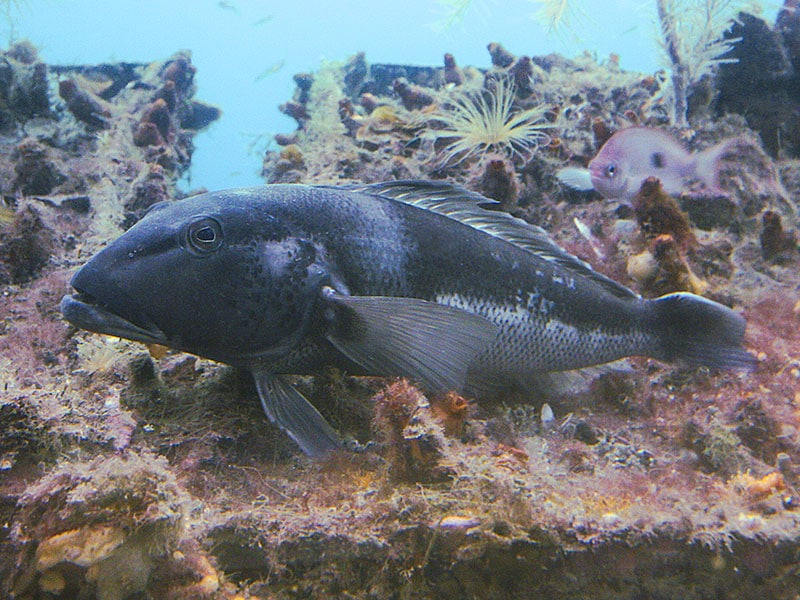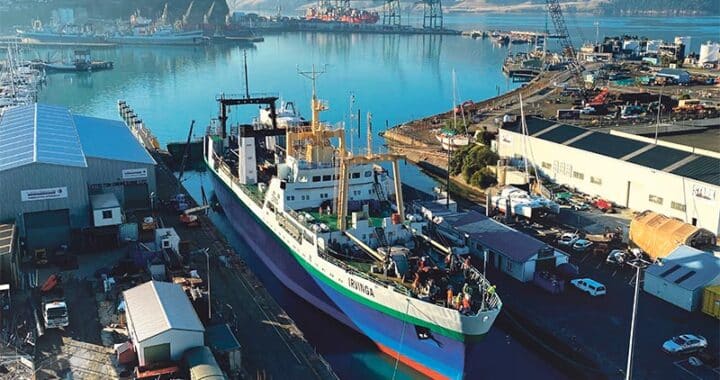New rules for blue cod fishing announced
2 min read
The new rules are to address localised overfishing, particularly in parts of the South Island where most blue cod are caught, says Taylor. Photo: André Richard Chalmers licensed under CC BY-SA 4.0
From 1 July 2020, the recreational and commercial fishing rules for blue cod will change to improve the species’ sustainability, Fisheries New Zealand announced today.
The minimum catch size will be standardised to 33cm across most areas, except in the upper North Island, the minimum pot mesh size for blue cod will change to 54mm for all fishers, and a measure known as the ‘traffic light system’ will be used to indicate the daily bag limit for different areas.
Blue cod is an iconic fish species in New Zealand, and its popularity has led to overfishing in some parts of the country, says Fisheries New Zealand’s director of fisheries management Emma Taylor.
“These new rules are to address localised overfishing, particularly in parts of the South Island where most blue cod are caught,” said Taylor.
“Standardising the legal minimum size of blue cod to 33cm will contribute to improving the productivity of blue cod populations by allowing the fish to grow to a larger size and giving them a greater chance to breed. This size limit is already in place for commercial fishers and recreational fishers in many areas.”
The changes were consulted on in March last year and more than 900 submissions were received, with most submitters in support of a reduction t the daily bag limit for blue cod, Fisheries New Zealand said.
Other changes include all recreationally caught blue cod must be landed in a measurable state unless immediately eaten on the fishing vessel from which it was taken, and the recreational accumulation limit for blue cod is now set at two days (that is, two daily bag limits per person, per multi-day trip) except for the Fiordland Marine Area where the accumulation limit is one day.
Fisheries New Zealand says the traffic light system applies to the South Island and Chatham Islands and provides an “adaptive approach to setting daily bag limits in different areas. It assigns a colour rating to each area, which can be changed as available information suggests stock health is improving or declining.”
Taylor added, “This system reduces the recreational daily blue cod limits to two blue cod per person in ‘red’ areas, which are the areas at most risk of localised depletion, and higher limits of 10 and 15 in ‘orange’ and ‘green’ areas respectively, which hold healthier stocks of blue cod.”
For more information, visit fisheries.govt.nz.



